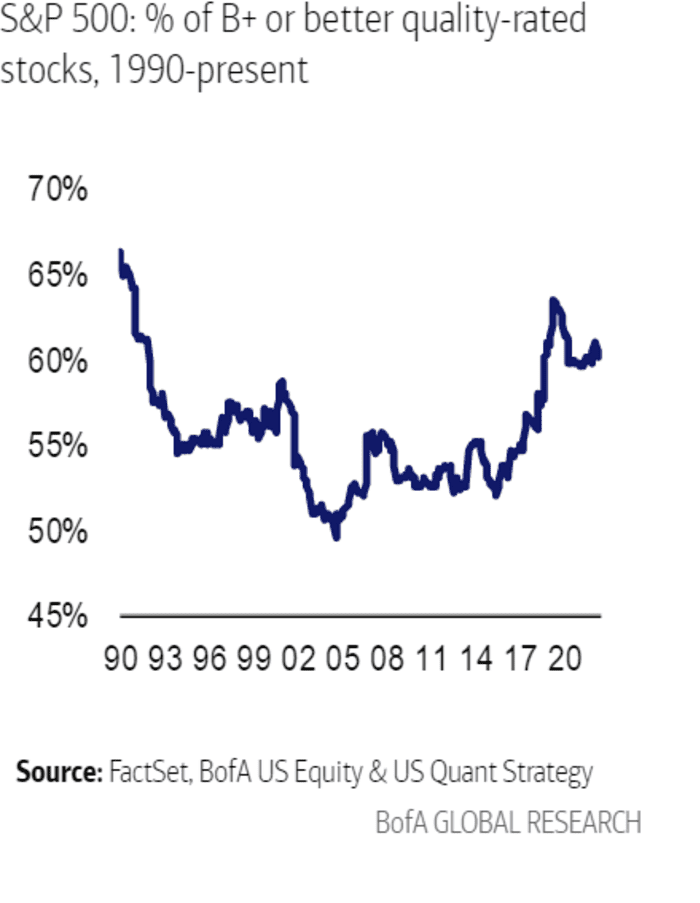[ad_1]
Strategists at BofA Securities are making a bull case for stocks, by targeting a year-end level for the S&P 500 that hasn’t been seen since last August.
They lifted their year-end target on the S&P 500
SPX,
to 4,300 from 4,000 previously, saying the end of the era of easy money “might be a good thing.” That’s because the U.S. is moving away from decades of “financially engineered growth,” and American corporations are shifting their focus to “structural benefits” such as efficiency, automation and artificial intelligence. One of the natural outcomes of the current environment is “more stable earnings,” the BofA team said.
BofA’s view comes at a time when the benchmark U.S. stock index has repeatedly failed to hold above 4,200, given lingering worries about the U.S. debt ceiling and the prospects of a recession. The bullish stance held by BofA is far from universal: Morgan Stanley equity strategist Michael Wilson said his firm sees “a much more dire outcome” than the consensus, and other analysts regard the 3-month Treasury bill
TMUBMUSD03M,
as a reasonable alternative to equities.
In a note, equity and quant strategist Savita Subramanian and others at BofA said they relied on five indicators(see chart), which included their most bearish input and their most bullish model, that put the S&P 500 between 3,900 and 4,600 by the end of December.

Source: BofA
“In our forecast framework we incorporate five signals: (1) fair value, (2) sentiment/positioning, (3) central bank impact, (4) long-term valuation and (5) price momentum,” the BofA strategists said. Among other things, they said they avoided “doubling down” on the prospects of a falling rate environment in 2023 and instead incorporated the view that the S&P 500 benchmark index would include “higher quality” constituents.

Sources: FactSet, BofA
“Easy earnings growth from cheap financing, buybacks, globalization and cost-cutting may be behind us, but efficiency gains could improve quality of earnings,” said Subramanian and others at BofA.
The S&P, which is up around 9.2% so far this year, has been stuck in a narrow range of 3,800 to 4,200 for about six months. On Monday, it finished at 4,192.63 — not far from the level which had prompted BofA’s rivals at Morgan Stanley
MS,
to abandon a tactically bullish stance last December.
Recent price action, which left the S&P 500 up by 1.7% last week, “showed signs of panic buying by investors who are afraid they’ll miss the next bull market,” said Wilson of Morgan Stanley. “We believe this will prove to be a head fake rally like last summer’s, for many reasons.”
One reason is that valuations are unattractive and another is that “a very healthy re-acceleration is baked into second-half consensus earnings estimates,” in contrast to Morgan Stanley’s forecast for a deep earnings recession this year, Wilson wrote in a note.
On Monday, the S&P 500 and Nasdaq Composite
COMP,
finished higher, while Dow industrials
DJIA,
ended down, as investors and traders awaited the latest developments in debt-ceiling negotiations, which were set to resume at 5:30 p.m. Eastern time. Meanwhile, Treasury yields ended higher across the board, led by a jump in the one-month T-bill rate
TMUBMUSD01M,
Read: Debt-ceiling talks: As Biden and McCarthy plan to meet today, analysts say deal is needed by Friday
[ad_2]
Source link
